SystemRescue 12 Released with Advanced Features: Kernel 6.12 and Bcachefs
SystemRescue, a popular Linux-based recovery toolkit for system repair, maintenance, and data rescue, has officially unveiled version 12. This release brings significant enhancements focused on system compatibility, file system innovation, and usability improvements. Notably, SystemRescue 12 is powered by the long-term support (LTS) version of the Linux kernel 6.12.19. It includes native support for the emerging Bcachefs file system—a progressive step in supporting modern storage solutions. Moreover, users will find upgraded utilities like GParted, nwipe, and dump, along with interface improvements and refinements in GRUB behavior.
This version underscores a strong commitment to maintaining SystemRescue as a go-to distribution for IT professionals, system administrators, and advanced Linux users needing a stable and versatile live environment for system recovery and disk management.
Transition to Linux Kernel 6.12
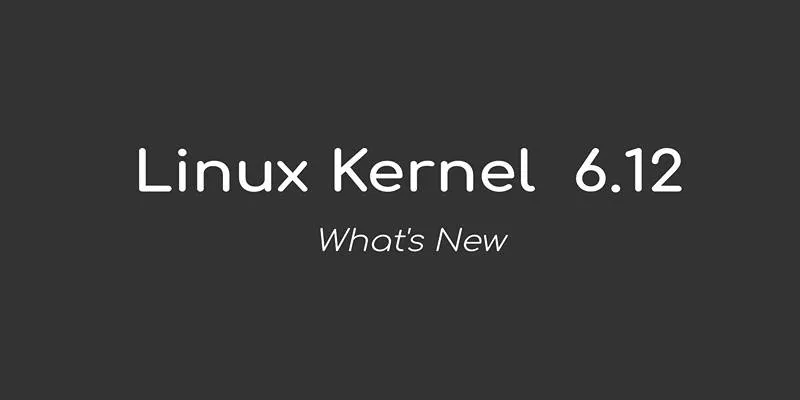
The adoption of Linux kernel 6.12.19 LTS marks a foundational improvement in SystemRescue 12. This long-term support kernel introduces deeper hardware compatibility and performance enhancements crucial for rescue environments. By integrating this updated kernel, SystemRescue now supports a broader range of modern hardware, including new CPU architectures, high-speed storage controllers, and peripheral devices.
Kernel 6.12 also brings incremental yet impactful improvements to power management, system security, and file system performance. In a live rescue toolkit, these factors are critical. Whether diagnosing failed systems or cloning disks, the stability and broad compatibility provided by the new kernel form a more reliable and efficient operating foundation.
Native Bcachefs Support
One of the most notable features in SystemRescue 12 is full native support for Bcachefs. This modern copy-on-write (CoW) file system is gaining recognition in the Linux ecosystem for offering a balance between the performance of ext4 and the advanced features found in file systems like Btrfs and ZFS. With support now integrated directly into SystemRescue, including kernel modules and user-space tools, users can experiment with or repair Bcachefs volumes with ease.
Unlike other CoW systems, Bcachefs was designed from scratch for Linux and offers advanced features like data checksumming, replication, and compression—all while maintaining high performance and scalability. Its inclusion in a rescue distribution is not merely symbolic but a practical step reflecting readiness for next-generation storage configurations.
SystemRescue 12 ensures users have not only Bcachefs kernel support but also access to necessary utilities for managing, creating, and checking these file systems directly within the live environment. It makes it easier to work with newer file system types without needing to build or install external packages.
Refined Disk Utilities: Essential Tools, Updated and Ready
Disk and data management tools are at the heart of any system recovery distribution, and SystemRescue 12 brings refreshed versions of several critical utilities. These updates are not superficial; they include stability fixes, interface enhancements, and new compatibility options aligned with evolving file system and partitioning standards.
- GParted 1.7.0: The updated version of the popular partition editor improves usability and expands file system support. With enhanced compatibility with new formats like Bcachefs, users can now handle partition-level operations on a broader array of setups without leaving the graphical interface.
- Nwipe 0.38: Used for securely erasing disks, this version introduces better hardware detection and improved command-line output. Secure wiping is essential before recycling, reassigning, or decommissioning drives, and nwipe ensures this process is both effective and transparent.
- Dump 0.4b49: Dump and restore tools are indispensable for backing up and restoring ext-based file systems. This release improves performance when handling large file sets and enhances the reliability of recovery operations—key improvements for administrators working with critical data.
These tools form the backbone of SystemRescue’s capabilities, and the latest updates reflect careful attention to the needs of advanced users who demand precision, speed, and compatibility.
Improved GRUB Handling for a Smoother Boot Process
One often overlooked yet important area in system recovery environments is the bootloader experience, particularly when working with multi-boot systems or legacy BIOS/UEFI configurations. SystemRescue 12 introduces a subtle yet impactful workaround aimed at resolving graphical inconsistencies in GRUB—the bootloader interface responsible for system selection and parameter management during boot.
Some users experienced screen flickering, resolution mismatches, or unresponsive input during GRUB selection in earlier versions. The latest update addresses these issues, providing a smoother and more reliable boot experience. In high-pressure recovery situations, reducing confusion and ensuring clarity at every step is crucial.
Desktop Environment Upgrade: Xfce 4.20
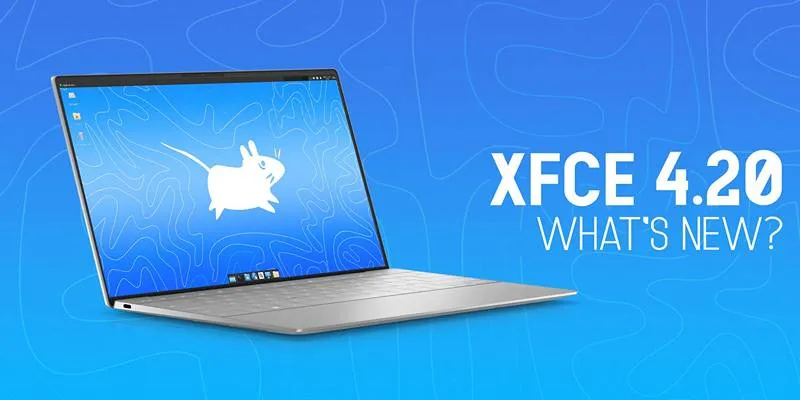
SystemRescue continues its reliance on the Xfce desktop environment, known for its lightweight footprint and reliability. Version 4.20 of Xfce, now included in SystemRescue 12, brings subtle refinements in appearance, usability, and resource efficiency.
For a live rescue system, Xfce’s choice remains strategic. It ensures fast loading times, compatibility with older hardware, and a minimal learning curve for users who need to interact with a graphical environment. With this update, users benefit from improved display scaling, better session management, and polished UI elements—all without sacrificing speed.
Under-the-Hood Enhancements and Package Updates
Beyond headline features, SystemRescue 12 includes numerous package upgrades and system-level refinements aimed at improving stability, security, and compatibility across the board. Whether managing remote systems via SSH, mounting complex RAID arrays, or using scripting tools for automation, the updated userland ensures better performance and interoperability.
These behind-the-scenes improvements may not grab headlines, but they reflect the maturity and robustness of SystemRescue as a whole. The team behind the project continues to focus on delivering a toolkit that is both comprehensive and dependable in the most challenging environments.
Conclusion
The release of SystemRescue 12 represents a significant step forward in the evolution of Linux-based recovery and maintenance environments. With its adoption of Linux kernel 6.12, integration of Bcachefs, updated disk tools, and improved user experience, this version reaffirms the distribution’s role as a dependable and cutting-edge platform for system recovery.
As the Linux ecosystem continues to evolve, the need for reliable, up-to-date rescue tools grows alongside it. SystemRescue 12 meets that need with clarity and confidence, equipping users with everything required to manage and recover modern systems efficiently and effectively.
Related Articles

8 Must-Have Productivity Tools Every Software Engineering Manager Needs

The 8 Best To-Do List Apps for Android in 2025

12 Best Productivity Apps for Mac in 2025

The 6 Best Construction Management Software Options to Streamline Your Projects
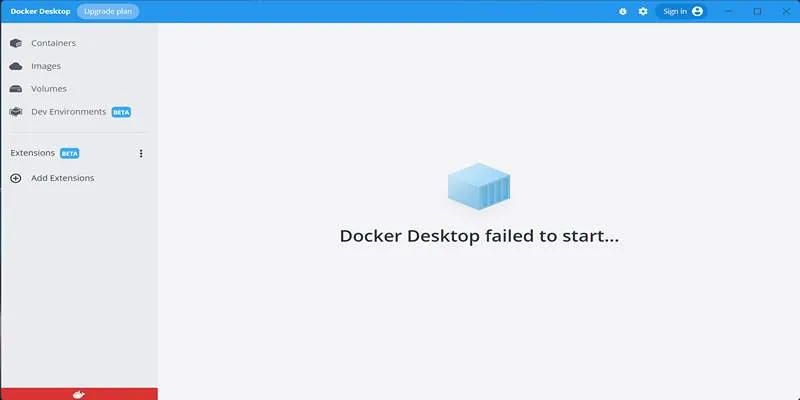
How to Troubleshoot and Fix Docker Desktop Startup Issues on Windows

10 Free eCommerce Tools to Help You Launch Your Online Store with Ease

Maximize Efficiency: Discover the 6 Best Task Apps for iPhone
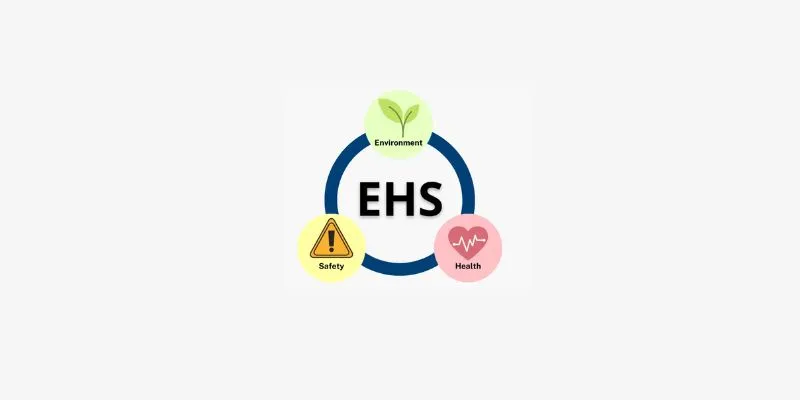
How to Choose EHS Management Software: A Handy Checklist for Your Business

7 Payroll Mobile Apps Users Love for Effortless Salary Management

7 Best Vlog Recorders for Captivating Videos: A Beginner's Guide

5 Best Mac Screen Recording Tools to Elevate Your Recording Game
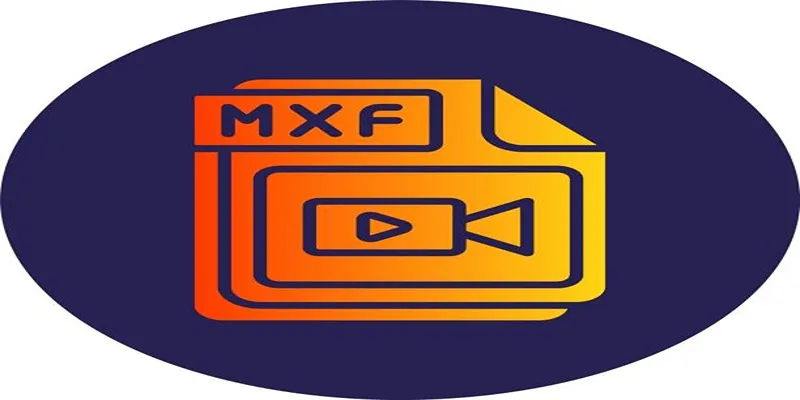
Top Tools to Convert MXF Files for Seamless Sony Vegas Compatibility
Popular Articles

How to Use Canva AI Tools to Enhance Your Designs

Enable PHP in WordPress Posts and Pages Easily

11 Best CR2 to JPG Converters You Can Use Right Now

Which Are The 5 Best Pomodoro Timer Apps to Boost Your Productivity in 2025

Convert MTS to FLV Easily with These 8 Desktop Tools
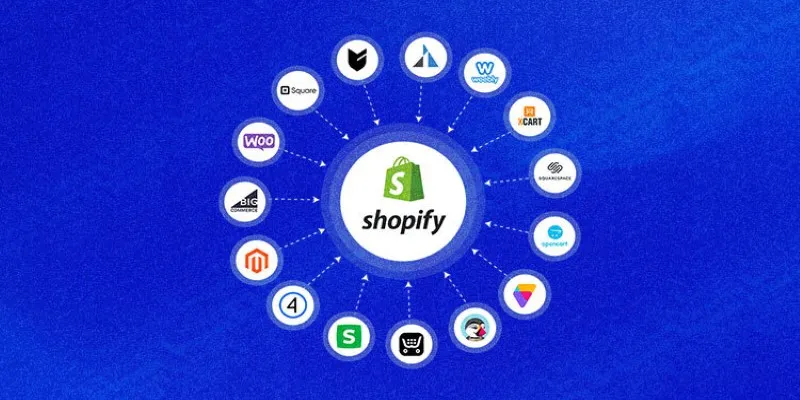
Explore the Best Shopify Alternatives in 2025 for Building Your Perfect Online Store

7 Payroll Mobile Apps Users Love for Effortless Salary Management

8 Easy Techniques to Extract Audio from Video Files

No Account? No Problem! 10 Sites to Watch Free Movies Instantly

VITA App: A Clean, Capable Video Editor for Quick and Stylish Content

Where Do OBS Recordings Go? How to Find and Manage OBS Recordings

 mww2
mww2